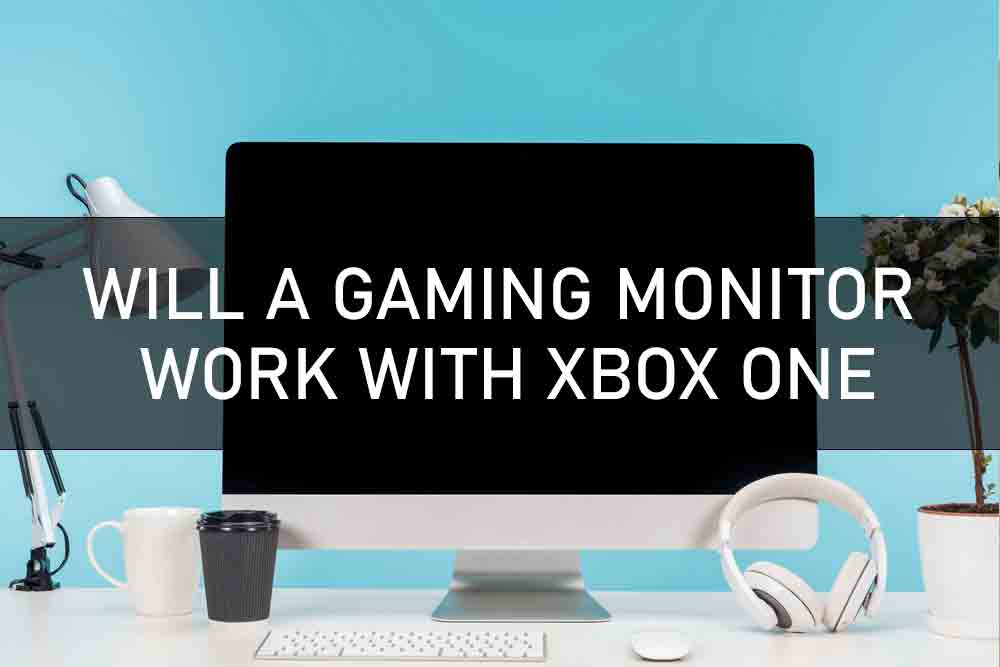The Nikon D3400 digital SLR camera, for those who would like to take pictures with an easy-to-use electronic camera. It includes basic technological features: 24–megapixel APS–C CMOS system, 4 EXPEED processors, 11 collimator autofocus. Sensitivity levels around ISO 25600, a 3–inch 921,000–dot non–touch display, and a built-in flash. And additionally, a 1080p video clip setup that zooms to 60 structures per second out of all.
Of the brand new attributes, the camera simply provides a Snapbridge connection utilizing Bluetooth, this allows you to quickly transfer the image to your cell phone. Nevertheless, its freedom, in reality, has been greatly increased compared to the previous layout. Despite the lack of advancement, it continues to be a versatile as well as a conveniently acquired camera.
If you are trying to find a lighter lens, with a much better zoom. This selection of one of the most reliable lenses optimal for the Nikon D3400 will help you choose the right tool for your style of digital photography.
DEFINITION PHRASES:
DX: This term recommends a lens, particularly an APS–C lens such as the Nikon D3400. Lenses tend to be much more portable, lighter as well as less expensive.
FX: This term indicates lenses compatible with a 24x36mm full-frame camera with a noticeable block (larger than APS–Cs).
Remember: FX lenses deal with the properties of the APS–C sensor, but will require a factor of 1.5 to recognize the equivalent focal length. The Nikon AF–S 50mm f/1.8 G discussed in this post provides a focal length measurement of 75mm when mounted on a Nikon D3400.
AF–S (AutoFocus SWM): assumes that the lens comes with autofocus (autofocus) with an SWM electric motor (for “Silent Wave Electric Motor“). This automation ensures fast, accurate, and almost peaceful focusing.
AF–P (Auto Focus Pulse): This is the new motorization that went away at the beginning of 2016: it is practically an electric motor, especially suitable for video clips: the focus is fluid, smooth, and with almost no mechanical sound.
G: Type lenses do not have an aperture adjustment ring. Therefore, the iris selection can only be done from the camera, via the camcorder dial. This also applies to the latter lenses.
DC: Sigma DC lenses are reinforced to get an APS–C webcam SLR tool and are additionally not compatible with full-frame SLR cameras.
ED: indicates that the lens has a lens with reduced light scattering glass that copes with color aberrations (problems in the image), in addition, uses much better comparison, exceptional color enhancement.
Virtual Reality (vibration reduction): Indicates that the lens is equipped with an optical image stabilizer. It helps reduce vibration and stops image blur when using a handheld camera.
NIKON AF–S DX 35MM F/1.8 G.
I suggest choosing a lens for the Nikon D3400.
It’s a preset focus measurement, so you’ll have to shift to get the right frame. Unlike a zoom lens like the 18 55mm, this lens delivers incredibly sharp images, and additionally, its f/1.8 aperture provides great bokeh!
In addition, the f/1.8 aperture makes it possible even in low light. Its autofocus is silent along with fast, it is compact as well as very discreet. Its speed is really attractive. The only negative is the lack of a built-in image stabilizer.
NIKON AF–S 50 MM F/1.8 G.
Technically, this is a lens designed for a full-frame FX webcam. And it works with an APS–C sensor camera in addition to using a focal length corresponding to 75mm. My consolation to you, we haven’t missed anything of high quality! This is one of the best lenses of this alternative in terms of premium imaging, but also the lightest.
Its focal length is more suitable for shooting, with really great bokeh, which will certainly provide a professional plan for your shots. It is suitable for low-light scenarios.
If you’re new with your DSLR and also want to boost or just get the most out of your Nikon D3400, you’ll be amazed by the photography of this 50mm f/1.8.
SIGMA 17–50MM F/2.8 DC EX–SPOUSE OS HSM.
This 17–50mm lens from Sigma is the one for you. It lets you take even more sensational shots than the 18–55mm that comes with it. Even if it magnifies a little less. Its focal range allows you to take landscape photos in addition to shots with it. Hence, reasonable when traveling.
The f/2.8 aperture throughout the choice of focus allows you to take attractive low–light shots and also allows you to take pictures with an astounding depth of field. For helplessness, we can check out its 570g weight, but it’s still a sacrifice to maximize the zoom with a regular aperture.
SIGMA 10–20MM F/3.5 DC HSM.
This is the lens to get if you want to do landscape, building, or interior digital photography. Its design is small, its footprint is amazing. Its autofocus is fast, and it’s also capable of taking sharp pictures. Even if there is a little distortion, obvious at 10mm. In addition, the continuous f/3.5 aperture allows you to take pictures where the lighting is not very bright.
This is one of the most expensive lenses in this selection, it uses good efficiency, and is also simply one of the most budget-friendly plans of huge angles for a Nikon APS–C camera. It additionally has a safety bag in addition to a lens hood.
If you want to take unusual travel shots, this is the optimum lens.
NIKON AF–S DX 55–300 MM F/4.5 –5.6 ED VIRTUAL REALITY SÉRIEUR G.
A great complimentary lens for the 18–55mm finish. Useful, it allows you to zoom in up to 300mm to get closer to your subject. However, it is also extremely useful for portrait electronic photography. Steady and peaceful, it will be outstanding for beginners.
THE TOKINA 11–16MM F/2.8
large zoom is a functional lens best used in style, cityscapes, and astrophotography. There is a bit of barrel distortion similar to various other massive zooms. But on top of that, it’s an incredibly easy–to–use lens.
The lens has a unique finish for premium magnification, creating some sharp shots.
This wide-angle lens works very well. In many cases self–control – design, landscape electronic digital photography, and astrophotography. The f/2.8 optimum aperture helps with minimal light. When this lens is used properly, distortion is negligible.
Expect darkness from the lens hood when using pop–up flash, especially when zooming out. The majority of what can be enhanced with the lens all needs to manage the emphasis. The focus is, essentially, fast and also precise, yet there is constantly room for enhancement.
First, the lens may need some fine-tuning to get accurate emphasis. The D3400 is not equipped to do so. If you obtain a lens that seems to have some focus problems, you might require to send it back for an additional.
The emphasis ring also has some play in it. Some professional photographers have stated that it feels “loose“, as well as it can be unnerving to feel parts of your lens wobble in your hand.
The emphasis electric motor is noticeably loud. It is an extremely affordable lens, so this is one of the things you would certainly want to improve with an extra costly lens.
CONTRAST CHART.
All the lenses suitable for the Nikon D3400 mentioned above are presented in this contrast chart. To help you choose the right systems for you. You will have the opportunity to contrast them according to their cost, weight, and also effectiveness. To choose what will fit your budget as well as your image style.
VALUABLE GADGETS.
Countless Nikon lenses utilize this modern technology, as well as because the name AF–S is incredibly common in their names.
If you only had one lens, it would probably be this collection! Unlike zoom lenses like the 18–55mm, this lens is extremely sharp and its f/1.8 aperture provides beautiful bokeh (or historical blur)!
Technically this is a lens made for a full-frame FX camcorder, but it cooperates with digital camcorders with an APS C sensor unit. It gives a focal length that is 75mm. It is simply one of the ideal lenses of this choice for high image quality.
It is also one of the lightest and cheapest lenses available. Many Nikon lenses use this modern innovation, which is why the name AF–S is incredibly common in their names.
In addition, it has a built-in safety hood.
CONCLUSION
Every lens is good in its way depending on what kind of photography you’re doing, be it professional or amateur. Again, you have to take into account the budget you are counting on. I think you should always analyze, and if you can. You can try different lenses. Good luck with your choice, everyone.







